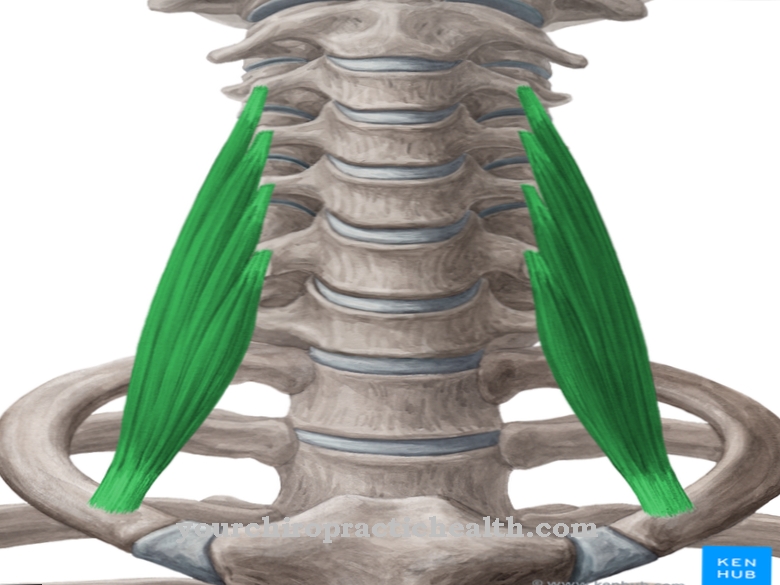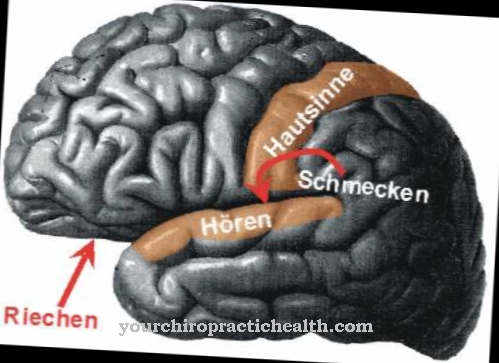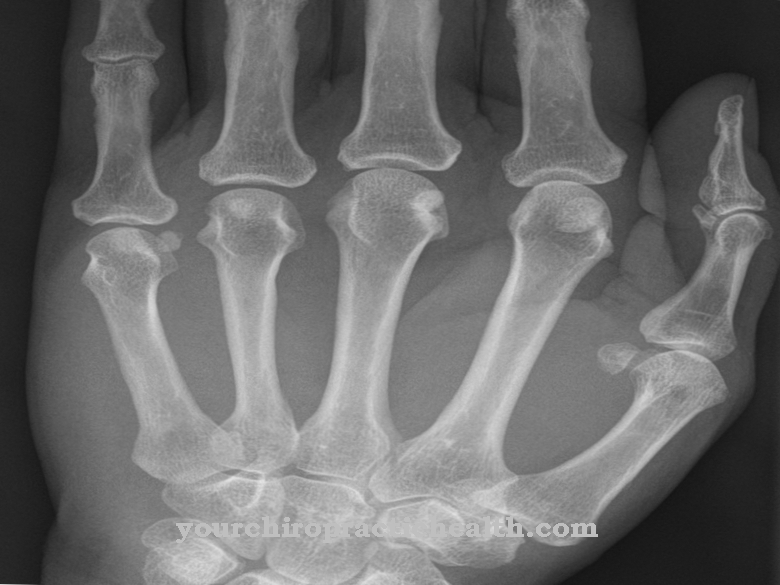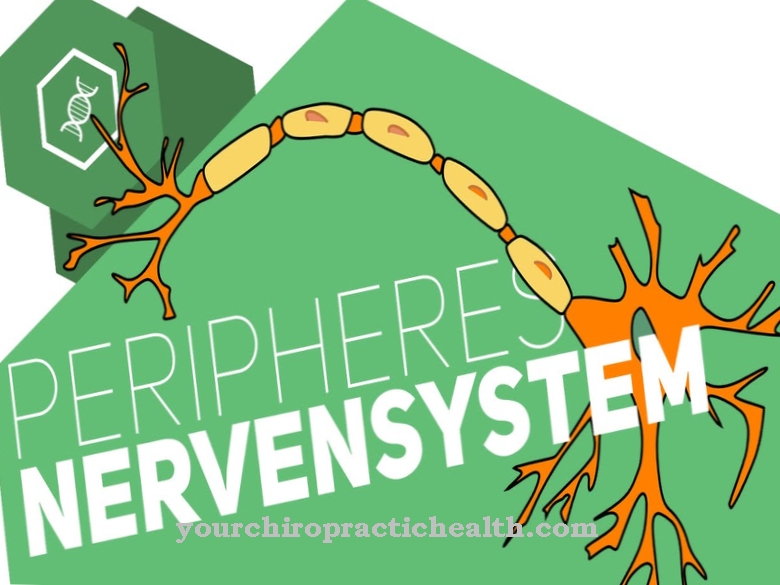Receptors receive stimuli and signals from the environment and forward them for processing. In biochemistry certain biomolecules and in physiology the sensory cells function as receptors.
What are receptors?
In the broadest sense, a receptor is a signaling device that reacts to specific influences. Both biochemistry and physiology speak of receptors. In biochemistry, these are proteins or protein complexes that can bind signal molecules.
Each biochemical receptor can only bind one molecule according to the lock and key principle. It has exactly the functional group that has the right fit for the receiving molecule. The receptors already exist for a large number of possible signals. Whether they react now depends on the presence of the appropriate signaling molecule. In physiology, the sensory cells are considered receptors.
In the meantime, however, the concept of receptor is changing. Today sensory receptors are also called Sensors designated. These in turn are divided into primary and secondary sensory cells. While primary sensory cells develop action potentials, secondary sensory cells only receive the signals. With the sensors, too, signal reception is triggered by biochemical receptors.
Anatomy & structure
The biochemical receptors are located either on the surface of biomembranes or in the cytoplasm or in the cell nucleus. The membrane receptors are proteins that are chemically modified and can bind signal molecules. Each receptor can only bind one special signaling molecule. When this bond occurs, electrical or chemical processes are triggered that cause a reaction in the cell, tissue or the entire body.
Membrane receptors are divided into ionotropic and metabotropic receptors according to their mode of action. Ionotropic receptors are ion channels that open when they bind to the ligands and lead to a change in the electrical conductivity of membranes. Metabotropic receptors cause changes in the concentration of secondary messenger substances. Intracellular nuclear receptors bind in the cytoplasm or in the nucleus as signal molecules, for example steroid hormones, and in this way control the expression of genes in the cell nucleus. In doing so, they mediate certain hormonal reactions.
In physiology, as already mentioned, the sensory cells are called receptors. There are different types of receptors such as baroreceptors (for pressure stimuli), chemoreceptors, photoreceptors, thermoreceptors, pain receptors or proprioceptors.
Function & tasks
In general, receptors have the function of receiving and transmitting signals or stimuli. Receptor molecules work according to the lock and key principle, with a separate receptor for each signal molecule. During ligand binding, either electrical signals are generated and passed on, or intracellular signal cascades are caused by changes in the concentration of messenger molecules.
Nuclear receptors, for example, mediate hormonal reactions through gene activation. The sensory cells also receive the physical or chemical signals via biochemical receptors. Nevertheless, they are also referred to as receptors or sensors. The different types of sensory cells take on different tasks. The chemoreceptors are responsible for the perception of taste and smell impressions. They also regulate breathing by measuring the concentrations of oxygen, carbon dioxide and hydrogen ions. Baroreceptors constantly register the arterial and venous blood pressure and transmit the values to the brain.
They are thus responsible for the proper functioning of the cardiovascular system. The photoreceptors receive the light stimuli and play a key role in the visual process. Thermoreceptors are used to perceive temperature and temperature changes. There are special receptors for warmth and cold. Some thermoreceptors also regulate body temperature homeostasis. Special receptors such as proprioceptors (muscle spindles), for example, record the length of skeletal muscles.
You can find your medication here
➔ Medicines for painDiseases
Various diseases are caused directly by malfunction of receptors. For example, when the mechanoreceptors of the cervical spine malfunction, dizziness and nausea result. Diseases of the cervical spine are not that rare. In addition to dizziness, symptoms such as sudden hearing loss, tinnitus, visual disorders, concentration disorders and other sensory disorders occur.
Other diseases such as cardiac arrhythmias, angina pectoris, gastrointestinal disorders, bladder disorders or bronchial asthma can also arise on the basis of receptor disorders. Type II diabetes develops as part of the metabolic syndrome. Insulin resistance can develop through certain metabolic processes. If you are insulin resistant, enough insulin is still produced, but the insulin receptor no longer reacts properly. The effectiveness of the insulin decreases. Therefore, the pancreas is encouraged to produce even more insulin. This can lead to their complete exhaustion.
The diabetes becomes manifest. Many mental illnesses are caused by disturbances in the transmission of stimuli. So-called neurotransmitters act here as biochemical messenger substances. These neurotransmitters pass on their information by binding to receptors. If the receptors are blocked by other substances or if they do not function properly for other reasons, this can lead to significant psychological disorders. Some psychotropic drugs work directly on the receptors. Some mimic the function of the neurotransmitter and bind to the appropriate receptor. Other psychotropic drugs are used to block receptors for physiological neurotransmitters when there is increased psychological irritability.
Therefore, when taking these drugs, there are always side effects that lead to a reduction in performance. There are also some genetic diseases related to receptors. More and more receptor mutations are discovered that can lead to their ineffectiveness. On the other hand, autoimmune diseases that are directed against receptors are also known. A well-known example is the autoimmune disorder myasthenia gravis, where the transmission of signals between nerves and muscles is impaired.



























